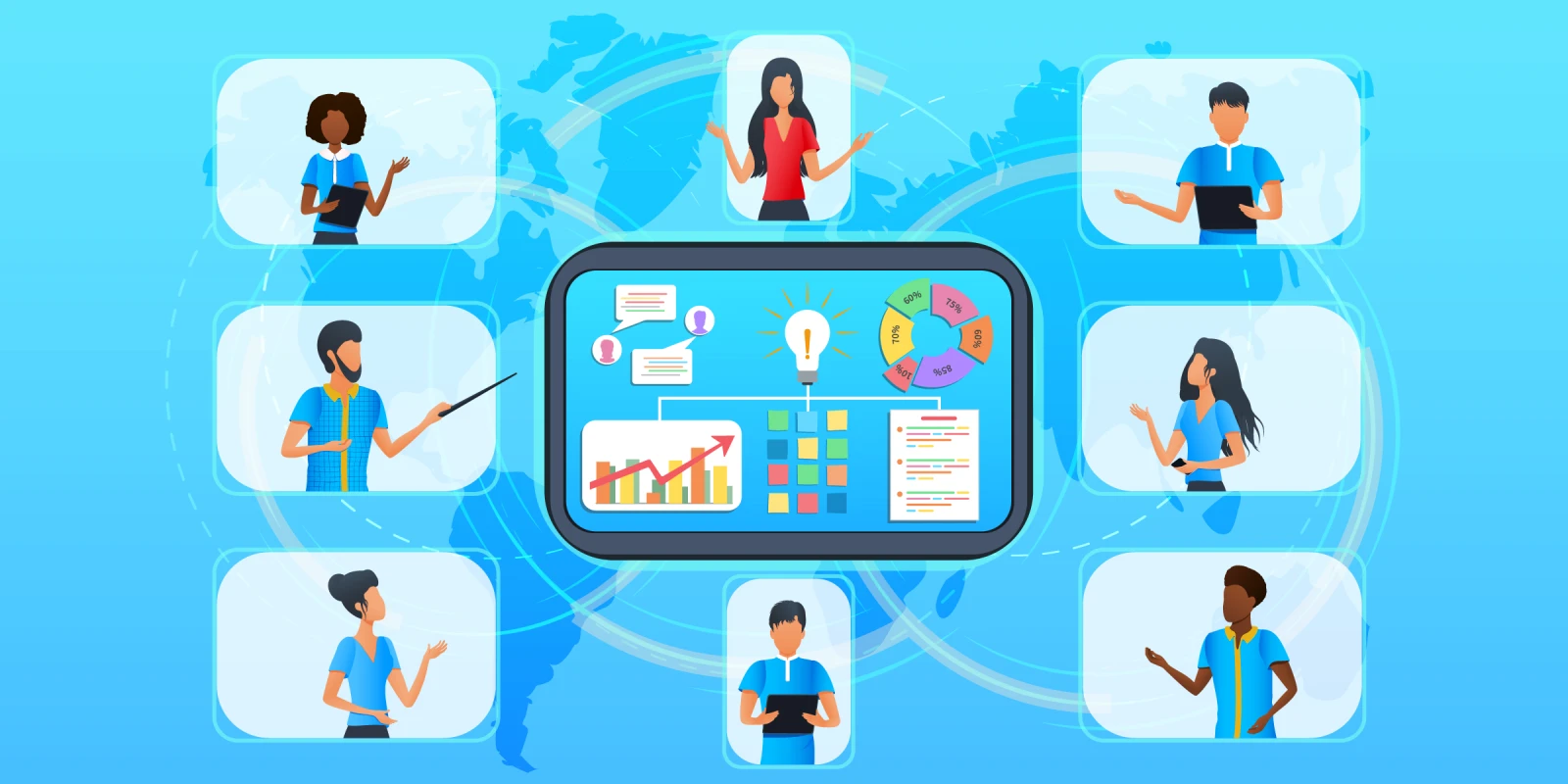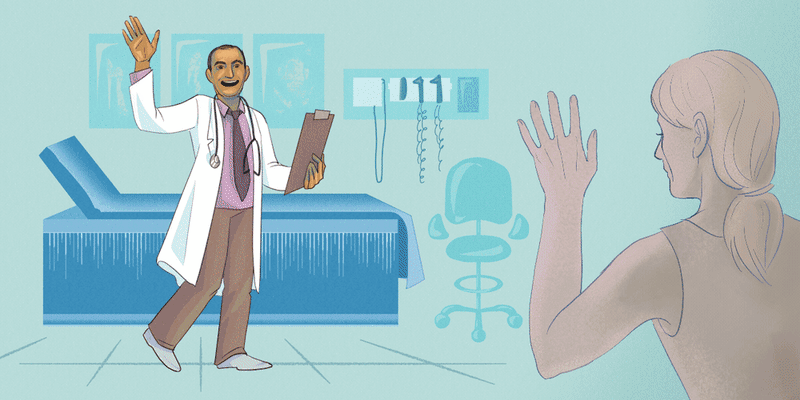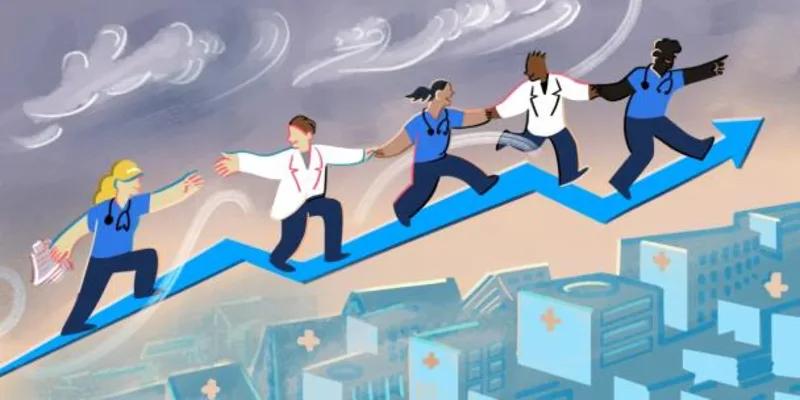Emergency physicians from around the country recently gathered in San Francisco for the American College of Emergency Physicians (ACEP) Scientific Assembly. In addition to lectures, research abstracts, and networking, this event also featured a hackathon. “HackED” was produced as a collaboration between ACEP and the Emergency Physicians who produce the Stanford Emergency Medicine Innovations Symposium (StEMI X). The event was conceptualized as a novel way to engage physician attendees with tech industry leaders and have interdisciplinary teams work together and solve complex problems affecting the current healthcare landscape.
Our goal for this experience was to increase emergency physician engagement in healthcare innovation and entrepreneurship. Conference attendees were invited to sign up 2 weeks prior to the event, with 37 physician registrants divided into three teams set out to solve one of the three challenges listed below:
- Wearable Health Data: How should we incorporate data from patient’s wearable devices (like Fitbits) in their Emergency Department care?
- Hospital at Home: How can EM physicians improve the care of patients receiving inpatient care in their homes?
- Health Care Surveillance Tools: Can we identify critical and evolving patterns of disease to improve patient care?
What is a Hackathon?
A portmanteau of “hack” and “marathon,” hackathons are intense innovation competitions where small groups work fervently to craft creative solutions to difficult problems over a short time period. Hackathons originated in the tech world, but have been more recently used as a method of engaging innovative and entrepreneurial-oriented minds across all fields. Our hackathon was the first we are aware of that focused specifically on digital health and emergency medicine.
Implementation
To design HackED, we drew on the experiences of previous hackathons outside of healthcare and coordinated efforts with leaders from ACEP and the Stanford Byers Center for Biodesign. Through this collaboration, we developed the structure of the event, the challenge prompts, a recruitment plan of participants, and a general schedule for the competition.
We advertised the event through registration for the conference as well as on the ACEP website. Participants completed an online registration form and could select which use-case they would most like to work on. Prior to the event, we matched teams with coaches with previous experience in healthcare innovation or biodesign.
To further equip participants with the skills necessary to address their designated problems, we recruited a diverse group of speakers to give short presentations on healthcare innovation topics over the course of the hackathon. We planned a pitch competition for the final day of the event and recruited a group of judges in leadership positions in EM and healthcare innovation. The winning team was provided with free consultation with the Stanford Emergency Medicine Partnership Program (STEPP), an academic-startup pilot program focused on research and product validation .
Development of Solutions and Learning
Over the three day period, the teams developed an innovative solution to each of the identified use cases:
- The wearable health care data team developed “Happiness Rx”, a lifestyle tracking application designed to combat physician burnout. The app would provide recommendations for ideal shift scheduling, sleep, and nutrition to optimize physician performance and improve mental health.
- The Hospital at Home team developed “Dorothy.ai”, an app-based measure utilizing validated clinical decision making tools to screen patients to both determine the safety of discharge as well as coordination of their expected resources needed at home.
- The Surveillance team developed “ForecastER”, a subscription-based service for hospitals to get real-time maps of disease patterns in order to help emergency departments and hospitals prepare their staff and resources for potential patient surges.
During the hackathon we gathered data on the participants’ background and experience. Participants included physicians, engineers, entrepreneurs, and user experience designers. The majority of participants were extremely satisfied with the experience and all participants would recommend this experience to others. Participants identified a number of beneficial take-aways from the experience:
- The first was the experience of interdisciplinary collaboration, and many found benefit from drawing on the diverse background of team members.
- Second, participants learned design-thinking methods and how to apply them to real world problems.
- Finally, participants talked about the value of considering multiple perspectives, including economic viability, when designing their innovation.
Additional feedback from participants included that the experience changed how they would approach problems in the future, inspired them to become more involved in healthcare innovation, and that they planned to continue further development of their innovative solutions.
Lessons Learned
We did experience difficulty with participant attrition due to competing obligations and activities at the host conference. Several participants proposed solutions to this problem, with the majority suggesting it would be beneficial to assemble the teams earlier and facilitate meetings prior to the conference. Others suggested increasing the prizes to draw continued interest from participants.
Hackathons are, by definition, intense events that require dedicated focus over a fixed period of time. In the future, we plan to organize teams and coaches ahead of time to begin the innovation process and improve participant investment in the team. We also are considering moving the first day of our event to before the conference inception. During the conference we can provide instructive talks and facilitate a collaborative workspace where teams can meet and work together. Overall we feel that this event was successful, but identified some actionable areas for improvement moving forward.
Despite its computing and coding origins, hackathons have become a staple across multiple fields as a way to inspire innovative minds to creatively develop solutions to complex problems in a time-efficient manner. Here we described our experience with HackED, a healthcare innovation hackathon for emergency physicians. This experience offered valuable training for all involved, inspired many to become more involved in healthcare innovation, and led to several innovative solutions for challenges facing emergency medicine and hospitals as a whole. We plan on building on this experience and look forward to the next HackED at ACEP23 in Philadelphia!
Image by Olena Kychygina / Getty
Dr. Preiksaitis, Dr. Kabeer, Dr. Lowe, Dr. Bunney, Dr. Imler, and Dr. Dayton have no conflicts of interest to report.






